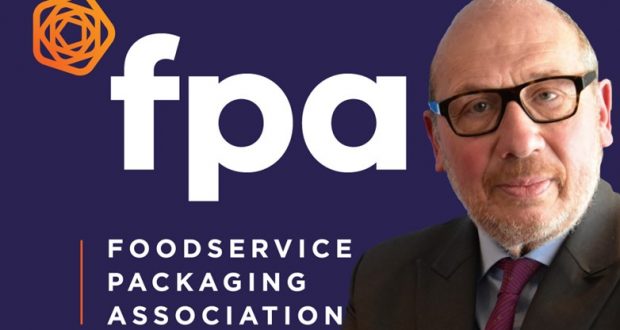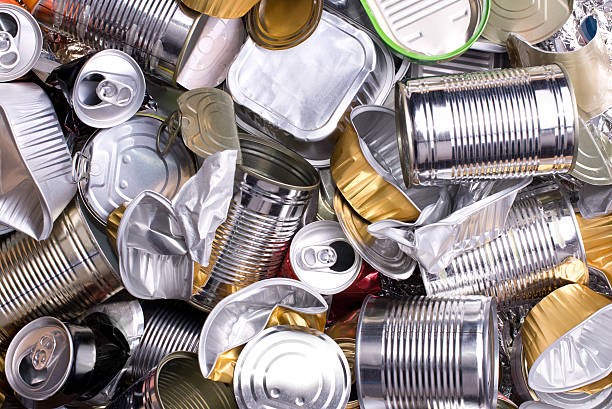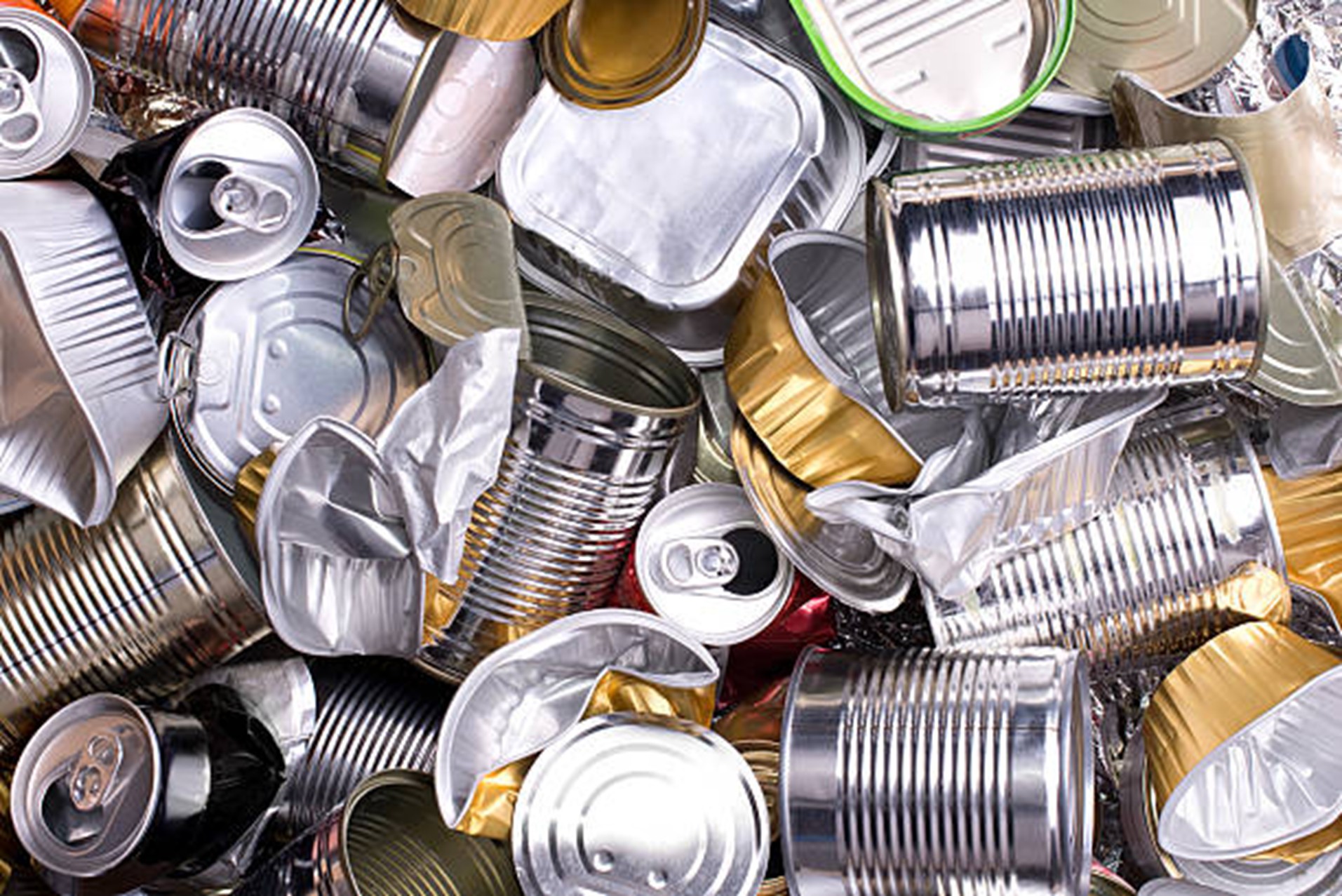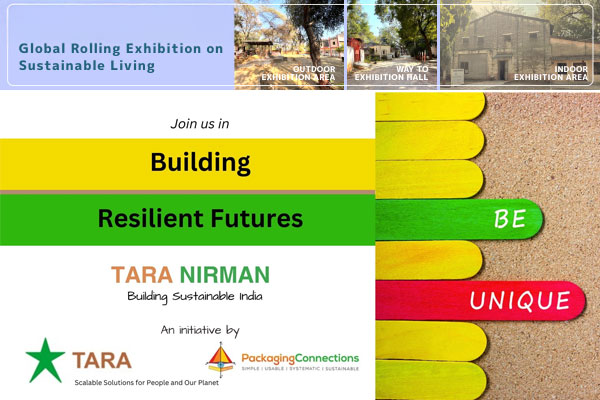
It said these are based on the data received from those large producers that have actually submitted packaging data and had submissions accepted by the Environment Agency.
The association said local authority waste management costs needed to calculate the tonnage-based fees are arrived at by a process of modelling using Defra’s in-house ‘Local Authority Packaging Cost and Performance’ (LAPCAP) model.
“This model is also used as the basis for working out how much each local authority will be receiving. Let’s hope it’s accurate. There is now a single fee rather than the previous lower and higher fee (plus one in the middle).”
It added: “Defra states its aim is ‘to provide as much clarity as possible and the best data available to enable businesses to prepare’. With a final submission date of 01 April we won’t know how close to the final fees this new set is until July 2025 when the final first year fees are published. Unless submissions increase, with more obligated businesses registering, we won’t know how accurate even these first year fees are. Having best data available is not an acceptable aim, accuracy must be the aim.”
The FPA did however point out that still of concern is:
The relationship between material base fees based on weight rather than pack numbers, and the predicted market distortion resulting from this.
The impact free riders not submitting packaging data could have for data accuracy, and whether the packaging data used has been weighted to allow for this – if it hasn’t then you are subsidising free riders. If it has there will be a shortfall for local authorities.
The impact for the fibre based composite fee if those containing under 5% non paper and board content are being reported as paper and board as has been reported.
“In addition, we still have the confusion and difficulties of producing data, in particular non-printed empty packaging.”





